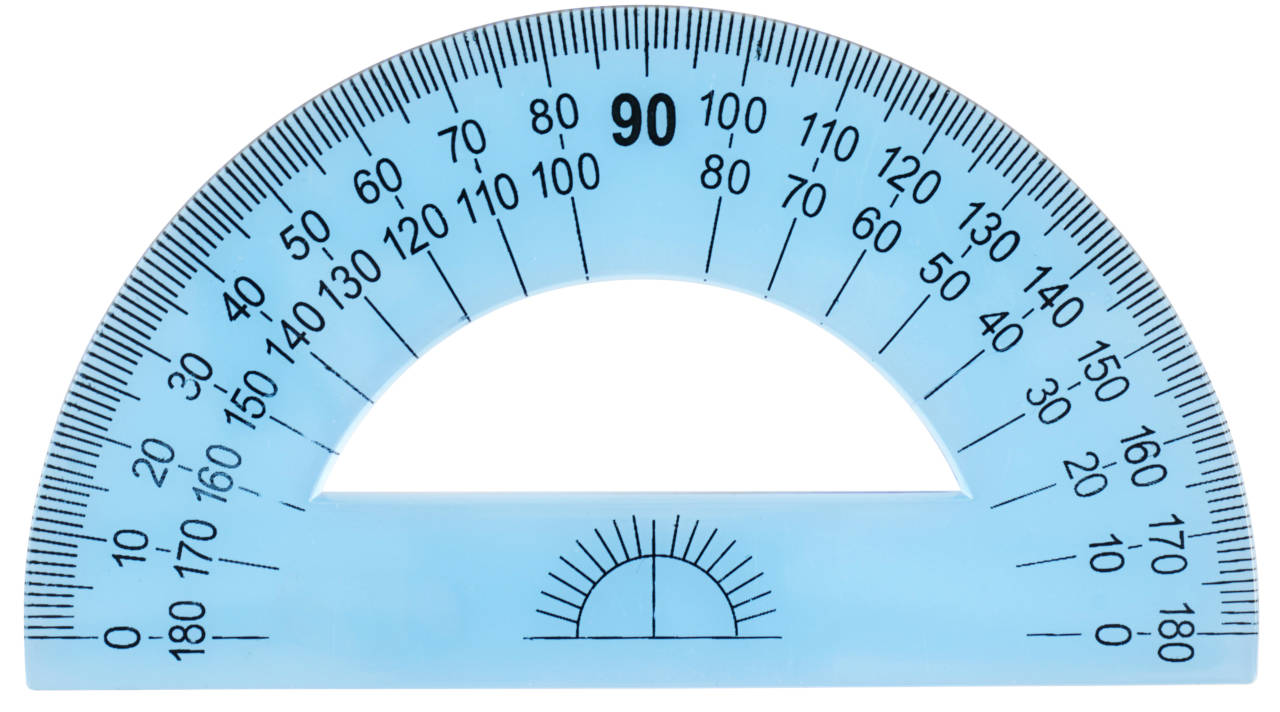

In this mode press =īutton to make all the angles equal. Mode behaves exactly the same as the previous. Supplementary angles are angles that add up to 180°. Such problems by selecting calculate from angles display, now press dice for a new Missing angle that needs to be calculated. In this mode a complementary angle is shown, complementaryĪngles add up to 90° Initially the 90° is split by just one lineīut this can be changed by selecting a different number of lines. Types definitions are listed in the glossary below. So now you can change the angle by dragging a handle or clicking Click the angle type ctrl to either show or hide the Is great for identifying various types of angles. The initial mode is unique in that there is only one angle. The handles at the end of each line can be clicked and dragged Hidden the angle value next to the angle arc is replaced by the In all the modes individual angles can be shown or hidden for exampleĬlick the angle (a).

The mode control is used to it selects the type of angle problem.Handles to change the angles and the values will updated. Which the missing letter angle values have to be found.

For more advanced use to create angle problems in At its most basic for teaching about types of angles, acute, It can be used at a variety of different grade

The online protractor tool can be used to practice measuring angles. Or something that is bigger than the hole in the tool.Īdditional techniques for plotting a bearing.This activity allows manipulation and investigation of various If your string is too short to make a loop, tie the end to a small twig, a button, Some folks like red thread, others prefer black, and some want a loop of thin elastic cord. Sewing kit, a thread from the core of a piece of para-cord, dental floss. Some field expedient string sources include, thread from a Line it up with the bearing on the edge of the protractor, and use the straight lineĬreated by the thread to follow the bearing away from the edge of the protractor. Longer that twice the distance you might want to extend a bearing.) Pull the string tight, String through the center hole and tie the ends together. Tools with protractors have a hole in the center. This is what we demonstrated in the above example.Īnother technique is to use a piece of thread to show your bearing line. Draw a line between these two points, and extend it asįar as you need to. Now place a straight edge between the known point and the mark you One of simplest techniques is to place a small pencil mark on the correct bearing at theĮdge of the protractor. Techniques for extending the bearing line The center of your protractor will be at the intersection of a line drawn between 0° and 180° and a line between 90° and 270°ĭetermine what lines to use to align your protractor with your north reference lines on your map.Ī protractor that is well suited for navigation will have numerous parallel lines aligned with 0° to 180° on the protractor. You will place the center of the protractor on the known point where you are plotting your bearing. Some protractors are numbered in four 90° quadrants,Īnd are a probably not a good choice for navigation use.įind the center point for your protractor. Make sure you use the correct set of numbers. You proceed in a clockwise direction? Many protractors used for drafting are numbered in both clockwise and counterclockwise directions.
#Protractor calculator full#
Is you protractor marked in degrees? Are the marks spaced at one, two, or five degrees? Is it a full or half circle protractor. 0° (and 360°)Īre aligned with our north reference, 90° is to the East, 180° to the South, and 270° to the West. Familiarize yourself with your protractorīefore you set you protractor down onto the map, take a good look at it and make sure you understand the markings.įor navigation purposes, we use an angular measurement system where a circle is divided into 360 degrees.


 0 kommentar(er)
0 kommentar(er)
